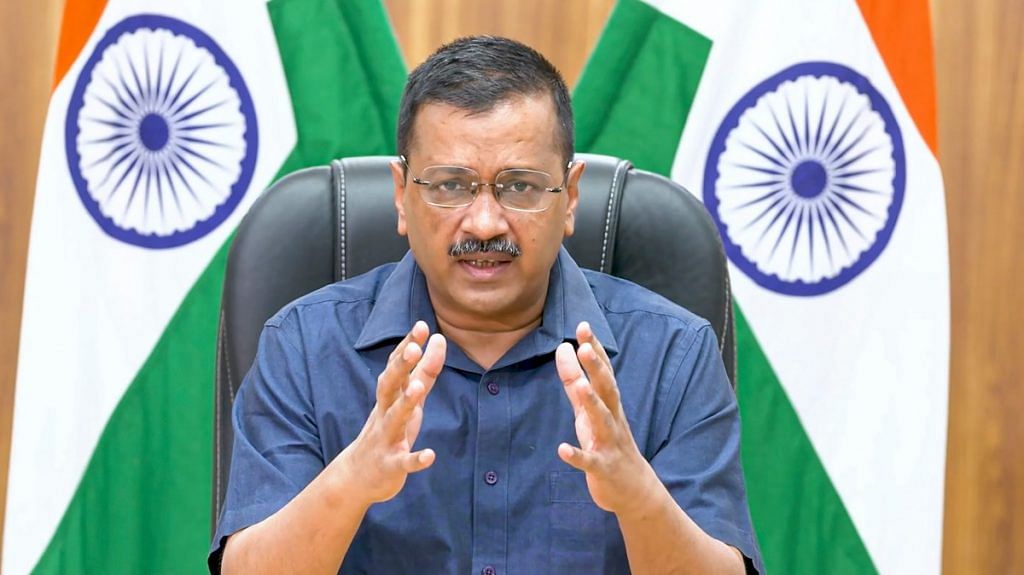New Delhi: Delhi Chief Minister Arvind Kejriwal on Monday said his government has imported 6,000 oxygen cylinders from China which will be stored at three depots and used in case of a third wave of coronavirus.
Kejriwal also said the second wave is waning gradually and the city government has started preparations for a possible third wave.
“Around 6,000 oxygen cylinders have been airlifted from China, of which we have received 4,400. The remaining 1,600 will arrive within two to three days,” he told reporters.
The chief minister thanked the Ministry of External Affairs and the Indian Embassy in Beijing for the assistance in importing the oxygen cylinders.
The city government is creating three depots to store the cylinders. These can be given to people in need and can be used to create additional oxygen beds at hospitals, Kejriwal said.
“In case of a third wave of COVID-19, these 6,000 cylinders can be utilised to prepare 3,000 oxygen beds. Perhaps, this is the largest such consignment brought to India since the pandemic began,” he said.
He said HCL and Give India Foundation donated for this purpose.
“Besides, we are purchasing oxygen concentrators on a large scale. Oxygen concentrator banks have been set up in all the districts to provide them to people in need. We are also going to buy oxygen tanks and are creating oxygen storage space.
“Whatever problems we faced during this wave are now being resolved,” he said.
The chief minister said the number of cases has reduced to around 1,500 from a high of around 28,000 in April. The infection rate has also dipped to around 2.5 per cent after touching the 36 per cent-mark in the last week of April, he said.
“It seems that this wave is subsiding but there has been no laxity in our efforts. We have already started preparing for the next wave,” he said.
Also read: Delhi HC seeks reply from Centre, Delhi govt on plea to declare GNCTD Act ‘unconstitutional’
